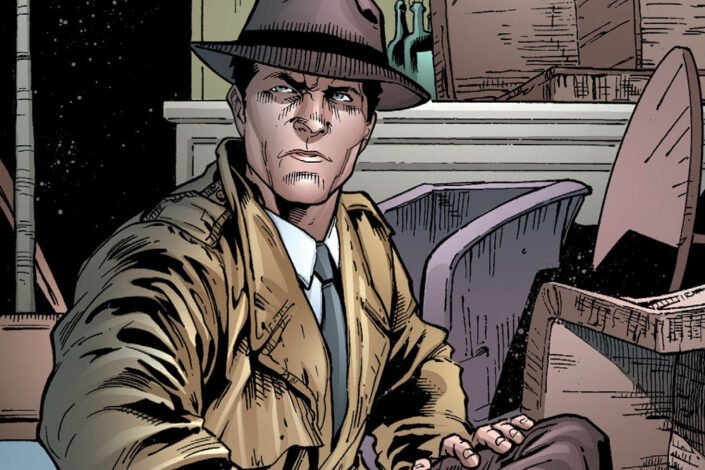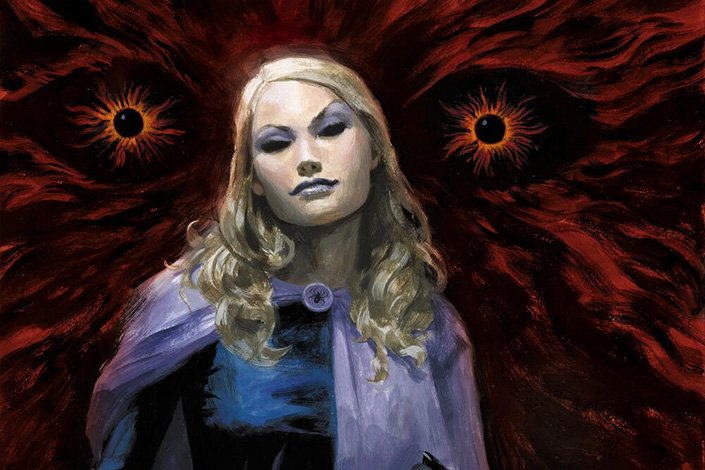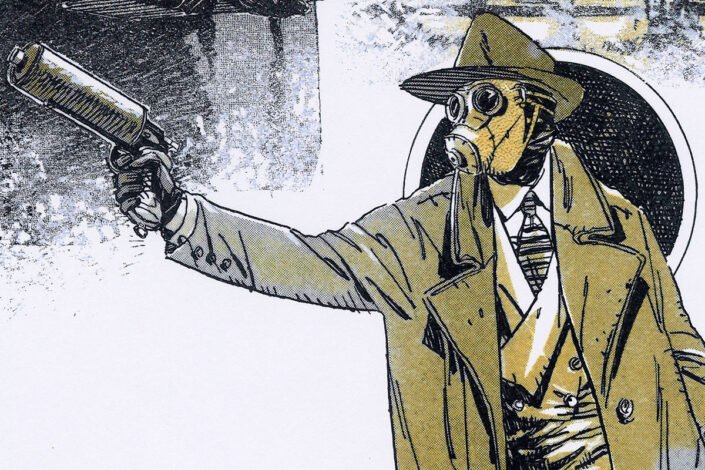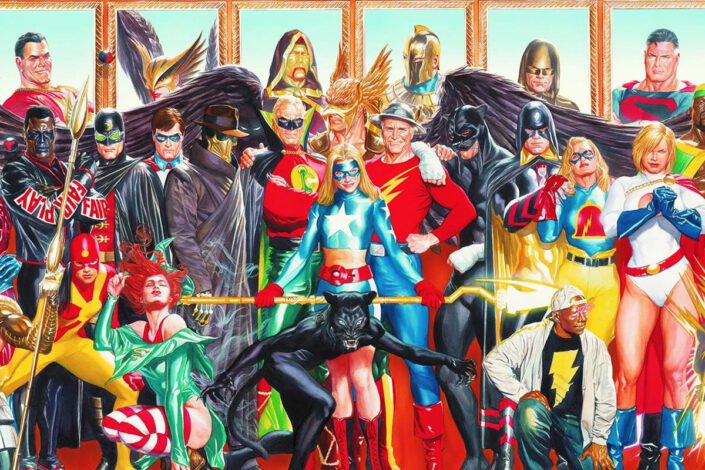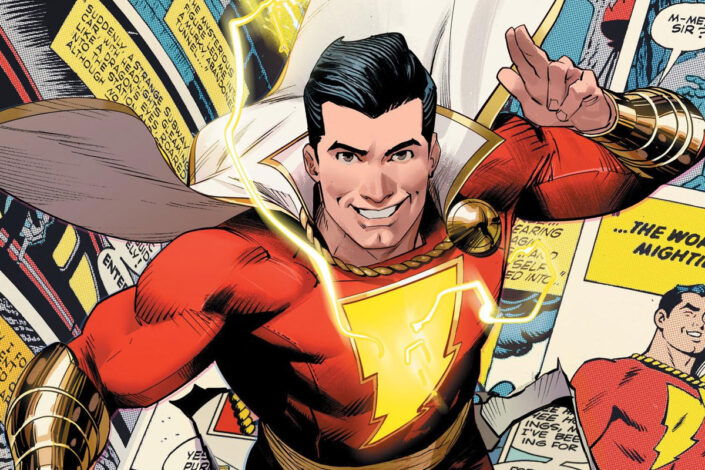Romance Comics: The Rise, Fall, and Legacy of a Genre
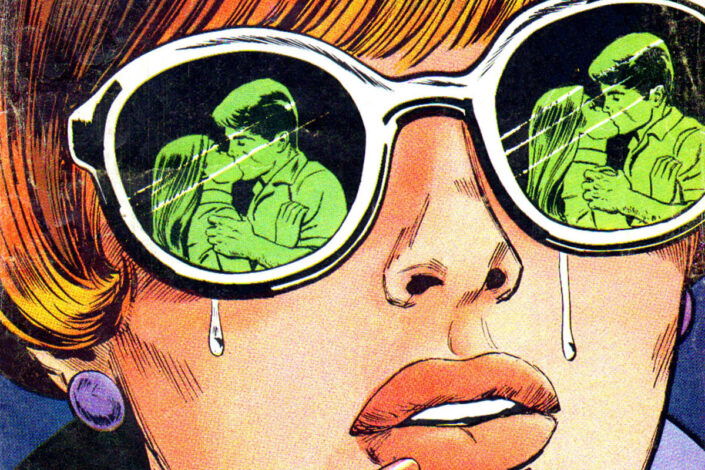
Nowadays, comics are de facto synonymous with superheroes. In reality, it’s just one genre among many, but it’s the one that has constantly dominated the market for the longest time and it’s now hard to get away from it. This was not always the case. At some point, horror and crime comics were all the rage, and there was even a romance comics craze.
Post-war America was tired of superheroes. It was 1947 and the comic book market was forced to evolve. At Timely Comics (it was not Marvel Comics yet), Martin Goodman started reducing the number of superhero books and replacing them with humor titles. It was a trend that Archie Comics Publications started with his teenage-oriented comics. Others followed, bifurcating into teenage romances.
Read More »Romance Comics: The Rise, Fall, and Legacy of a Genre

